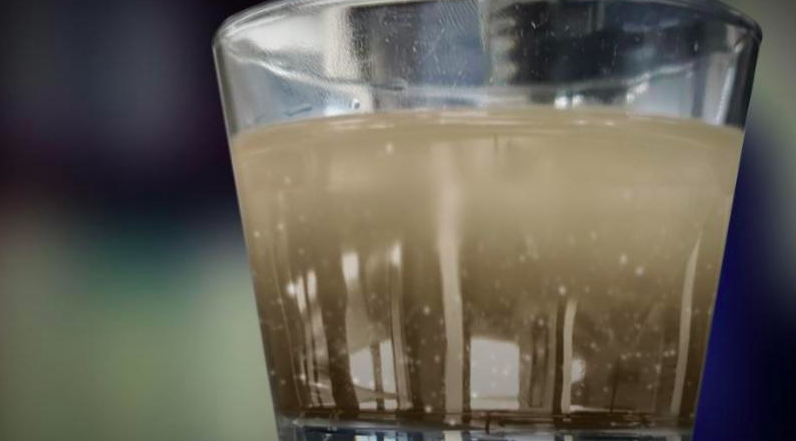
Photo: KSNB4Local Hastings, Nebraska
The midwestern floods are responsible for a new threat to drinking water supplies, according to the Associated Press the flooding could contaminate more than 1 million private water wells. The National Ground Water Association, a trade group for the industry that includes well systems, told the AP that “there are 1.1 million private wells in 300 flooded counties in 10 states: Iowa, Nebraska, Missouri, Kansas, Illinois, Indiana, Wisconsin, Minnesota, South Dakota, and Kentucky.” Flood waters carry raw sewage from overburdened treatment plants, animal waste, pesticides from agricultural areas, fuel, rock salt, and other potential contaminants. “Whatever was on the land is in the water now,” said Steve May, assistant chief of the Missouri Bureau of Environmental Epidemiology.
For example, the local NBC News station in Hastings, Nebraska reported a week ago that the Nebraska Department of Health and Human Services was warning that flooded private water wells or wells suspected of being impacted by flooding should be tested to ensure that they are safe.
- “Cloudiness or a change in taste or smell are signs of possible contamination,” said Sue Dempsey, administrator of the DHHS Drinking Water Program. “However, if there is any indication that the water supply has been breached by flood waters, even without noticeable changes in taste or smell, I encourage residents to get a water sample kit for testing.”
- The Department also warned that even after the floodwaters recede, bacterial contamination may reoccur, so impacted residents of these states should conduct another water analysis a month or two from now.
According to a Resources For the Future (RFF) report released yesterday, the management of water resources has become “increasingly complex due to the impact of drought, floods, and other effects of a changing climate. Climate-driven shocks represent a clear and increasing risk to both water quantity and quality.” Moreover, the RFF authors concluded that water and sewer infrastructure will require more than one trillion dollars in investments over the next two decades to maintain current levels of service.
Why This Matters: Along with roads and bridges, our aging water infrastructure will need major repairs or replacement soon and most of these costs will have to be passed on to customers. But for some Americans, these cost increases may make clean water unaffordable unless we have a Green New Deal that can help them. Republicans in Congress think the Green New Deal is an elitist idea that will cost rural and low-income Americans, but nothing could be further than the truth. Just as with the New Deal, which brought power to those who did not have it in large swaths of rural America, the Green New Deal could both create jobs and keep drinking water affordable for millions of Americans across the country.
March 28, 2019 » Alexandria Ocasio-Cortez, clean water, contamination, Flooding, Green New Deal, Midwest, private wells, Resources For the Future, safe drinking water

